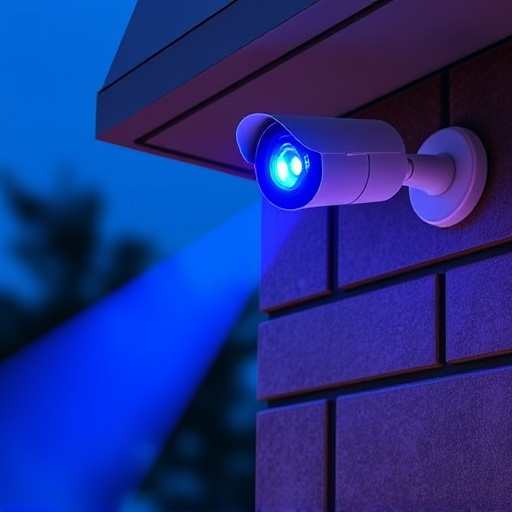Fire and carbon monoxide pose significant home security risks. Implement early warning systems with smoke/heat sensors and CO detectors for life safety. Smart home integration remotely monitors these systems, enhancing fire protection and overall home security. Regular testing and battery replacements ensure optimal detector performance. Maintain these systems for enhanced home security.
“Enhance your home’s security with robust fire and carbon monoxide detection systems, crucial components in any safety strategy. This comprehensive guide explores the multifaceted aspects of home security, from understanding latent risks to implementing smart home integration. Learn about various fire detection types and the vital role of carbon monoxide detectors in safeguarding your space. Discover best practices for installation, maintenance, and regular testing to ensure optimal protection. Fortify your home’s defenses today.”
- Understanding Fire and Carbon Monoxide Risks
- Types of Fire Detection Systems
- The Role of Carbon Monoxide Detectors
- Installing and Maintaining Safety Devices
- Smart Home Integration for Enhanced Security
- Regular Testing and Battery Replacement
Understanding Fire and Carbon Monoxide Risks
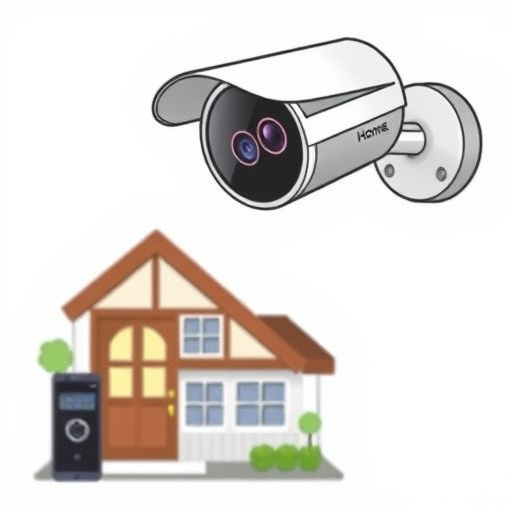
Fire and carbon monoxide are two distinct yet equally dangerous hazards that pose significant risks to home security. Understanding these dangers is crucial for any homeowner looking to enhance their safety measures. Fire, with its potential to spread rapidly and cause severe damage, can result from various sources, including kitchen accidents, electrical faults, or even intentional acts. Carbon monoxide, often referred to as the silent killer, is an invisible gas that accumulates in enclosed spaces without adequate ventilation, leading to potentially fatal respiratory issues.
Recognizing these risks is the first step towards implementing effective home security strategies. Fire detection systems, typically featuring smoke alarms and heat sensors, play a vital role in providing early warnings, allowing residents to evacuate promptly. Similarly, carbon monoxide detectors are essential for identifying this odorless and colorless gas, ensuring the well-being of occupants and enabling them to take appropriate action to prevent tragic outcomes.
Types of Fire Detection Systems
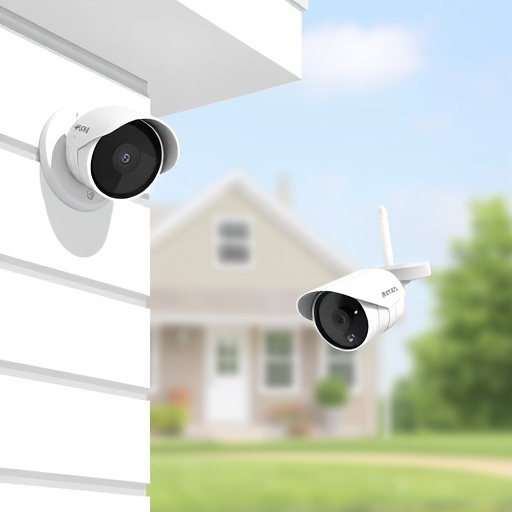
Fire detection systems play a pivotal role in safeguarding our homes and ensuring our safety. These systems are designed to identify the presence of smoke, flames, or high temperatures at an early stage, allowing residents to take prompt action. The primary types include smoke detectors, heat detectors, and combination detectors that combine both capabilities.
Smoke detectors use photoelectric sensors or ionization technology to detect particles in the air when smoke is present. Heat detectors, on the other hand, monitor ambient temperature and trigger an alarm if a sudden increase occurs, often indicating a fire. Combination detectors offer dual protection by sensing both smoke and heat, making them a popular choice for comprehensive home security. Each type has its advantages, catering to different needs and preferences in enhancing overall home security.
The Role of Carbon Monoxide Detectors
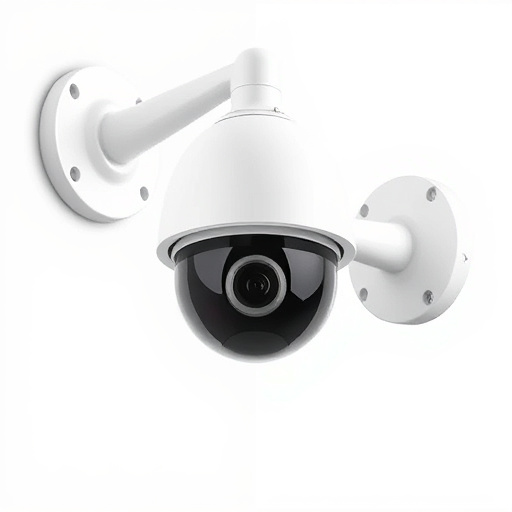
Carbon monoxide (CO) detectors play a pivotal role in enhancing home security and ensuring the well-being of residents. This invisible gas, often referred to as the silent killer, is produced by the incomplete burning of fossil fuels in appliances like stoves, furnaces, and generators. Unlike smoke, which is easily visible, CO is odorless and can quickly build up to toxic levels inside homes, leading to severe health issues or even death.
Detectors equipped with sensitive sensors are designed to recognize these dangerous levels and alert occupants through loud beeps. By installing CO detectors strategically—typically on every level of a home and near sleeping areas—residents can stay protected 24/7. Regular testing and battery replacement are crucial to ensure these life-saving devices remain operational, contributing significantly to comprehensive home security measures.
Installing and Maintaining Safety Devices
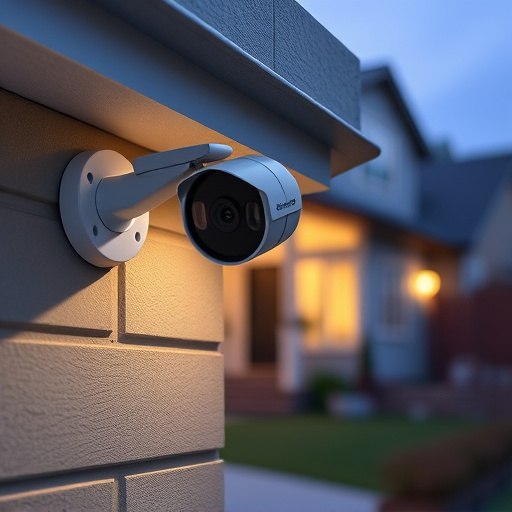
Installing and maintaining fire and carbon monoxide detection systems is a crucial aspect of home security. These devices are designed to alert homeowners of potential hazards, providing critical time for evacuation. When installing safety systems, it’s essential to follow manufacturer guidelines and ensure proper placement—for example, placing smoke detectors near bedrooms and on every level of the home. Regular maintenance includes testing batteries, cleaning sensors, and replacing filters or batteries as recommended by the manufacturers. Many modern systems offer smart capabilities, allowing you to monitor devices remotely via a smartphone app, enhancing your home security further.
Regular upkeep is key to maintaining optimal performance. Vacuuming around detectors can prevent dust buildup, ensuring accurate readings. Keep an eye on expiration dates for replacement parts, as outdated components may fail during emergencies. By prioritizing these simple yet vital tasks, homeowners can ensure their safety systems are always ready, contributing significantly to overall home security.
Smart Home Integration for Enhanced Security
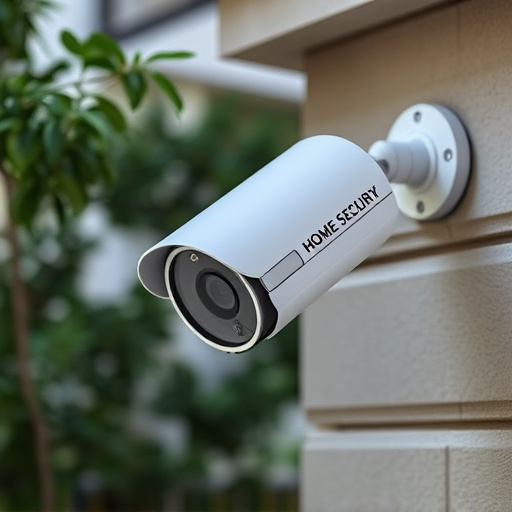
In today’s digital era, smart home integration is transforming how we perceive home security. Fire and carbon monoxide detection systems are no longer standalone devices; they’re seamlessly woven into intelligent networks that allow for centralized control and monitoring. This means homeowners can receive instant alerts on their smartphones or tablets, even when they’re away from home. Such systems often include advanced features like remote arming and disarming, real-time status updates, and customizable notification settings, enhancing not just fire safety but overall Home Security.
Moreover, smart home integration offers peace of mind by enabling homeowners to monitor environmental conditions more effectively. For instance, some systems can detect not only smoke but also the distinct patterns of carbon monoxide, providing dual protection against these silent killers. This proactive approach to Home Security ensures that residents are alerted promptly, allowing them to take necessary action, thus making smart home technology a game-changer in fire and carbon monoxide prevention.
Regular Testing and Battery Replacement
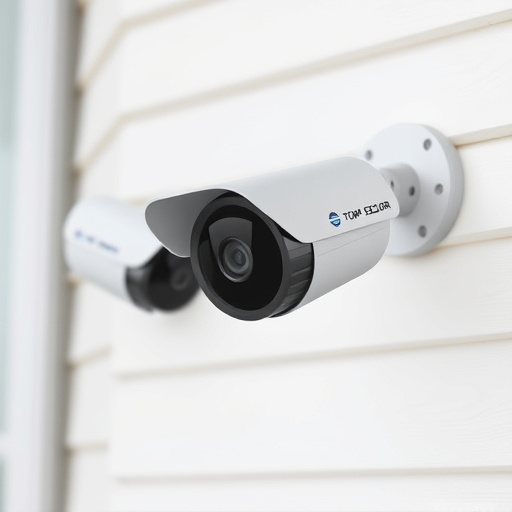
Regular testing and battery replacement are crucial components of maintaining an effective fire and carbon monoxide detection system, integral to your home’s security. These simple yet vital tasks ensure that your alarms remain reliable in case of emergencies. Most modern detectors have built-in test buttons that allow you to periodically check their functionality. Additionally, setting reminders for monthly testing helps identify any issues early on.
Battery replacement is equally important, as worn-out batteries can lead to silent or false alarms. It’s recommended to use high-quality batteries and follow manufacturer guidelines for replacement intervals. Many detectors also signal when their batteries are low, providing a handy reminder to replace them promptly. Keeping your fire and carbon monoxide detection systems in top condition significantly enhances your home security.
Fire and carbon monoxide detection systems are essential components of any comprehensive home security strategy. By understanding the risks, choosing the right devices, and maintaining them properly, homeowners can significantly enhance their safety and peace of mind. Integration with smart home technology further improves monitoring capabilities, allowing for real-time alerts and remote control. Regular testing and battery replacement ensure these life-saving systems remain operational, providing a secure environment for you and your family.
